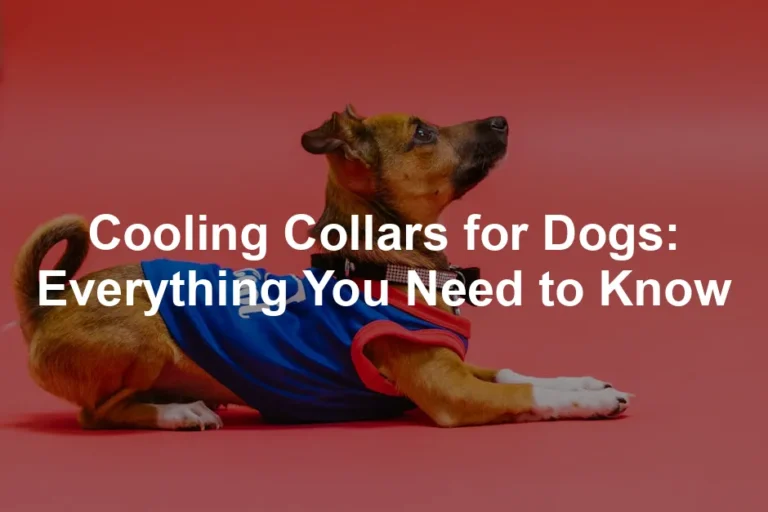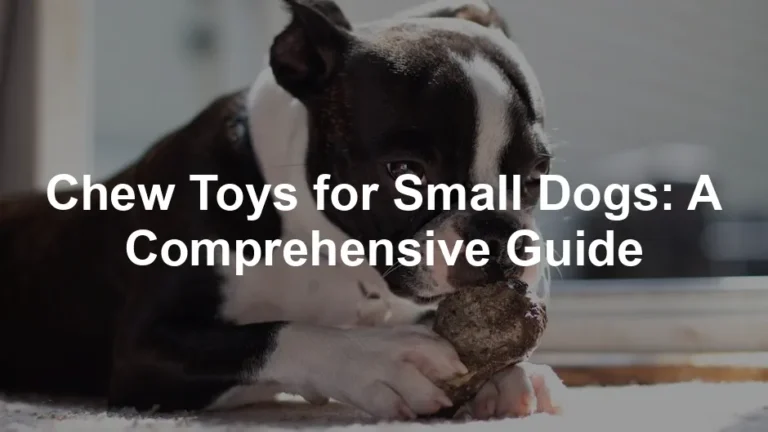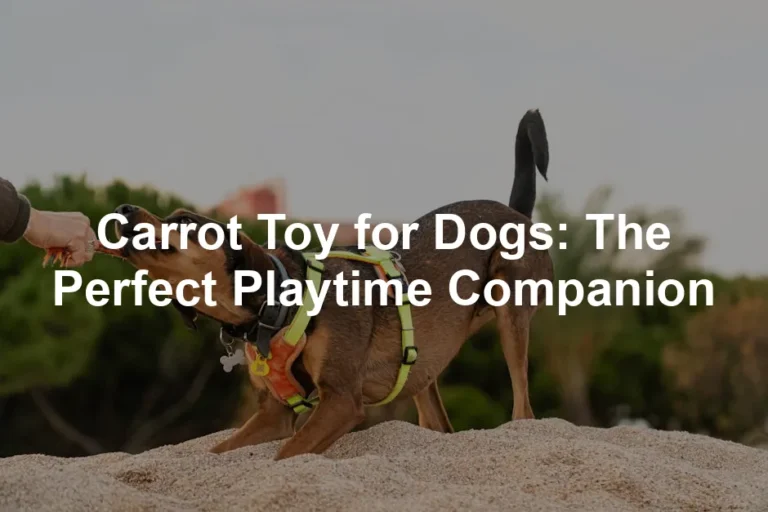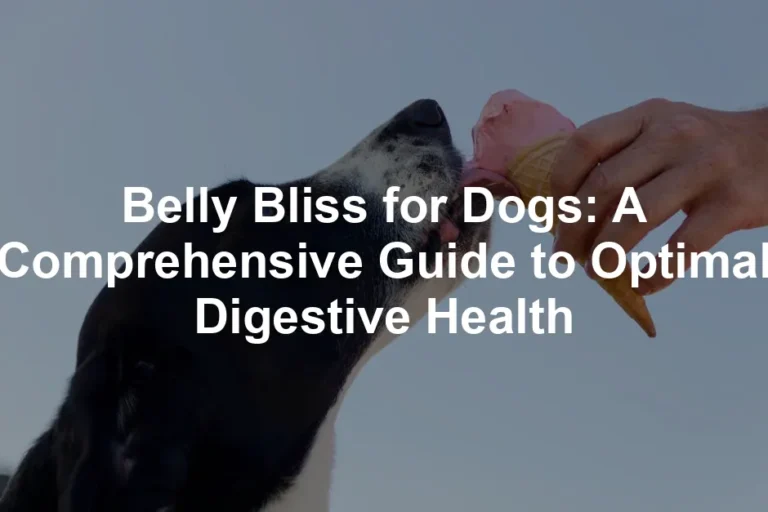Introduction
Double-coated dogs, as the name suggests, have two layers of fur. The outer layer, called the guard coat, protects your pup from the elements. Beneath it lies the soft undercoat, providing insulation. These furry companions shed their coats naturally, especially during seasonal changes.
Why do they shed, you ask? It’s a survival mechanism! Shedding allows them to adapt to temperature changes. However, for their human counterparts, it can feel like living with a fuzzy tornado.
Proper grooming is crucial for keeping their coats in tip-top shape and managing all that fur. With just a little effort, you can significantly reduce shedding and keep your home fur-free. This article will guide you through effective grooming techniques and best practices to help you keep your double-coated dog looking fabulous while minimizing that pesky shedding.
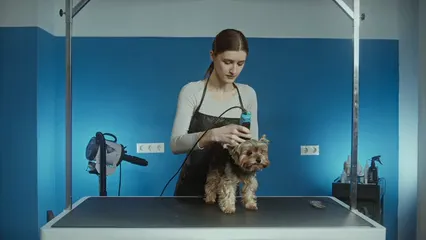
Grooming techniques are essential for managing your dog’s shedding. Learn how to groom double-coated dogs to reduce shedding
What is a Double Coat?
Definition of a Double Coat
A double coat consists of two distinct layers: the outer guard coat and the soft undercoat. The guard coat is made of longer, coarser hairs that repel dirt and moisture. It acts as a shield against harmful UV rays and protects the undercoat from getting soaked.
On the flip side, the undercoat is fluffy and dense, providing insulation. It helps regulate your dog’s temperature, keeping them warm in winter and cool in summer. So, while your dog might look like a fluffy cloud, this unique coat structure serves an important purpose.
Breeds with Double Coats
Many beloved breeds sport double coats, including the Siberian Husky, Golden Retriever, and German Shepherd. Each of these breeds has its own unique coat characteristics, but they all share the same basic structure.
These dogs were historically bred for outdoor work, needing protection against harsh weather. They naturally experience shedding cycles, often blowing their coats in spring and fall. So, if you find yourself surrounded by fur during these seasons, know that it’s all part of your dog’s natural cycle! With regular grooming and care, you can help manage this process and keep your home tidy.
Grooming Essentials for Double-Coated Dogs
Grooming double-coated dogs can feel like a full-time job, especially during shedding season. But fear not! With the right tools and a solid routine, you can keep your pup looking fabulous and your home fur-free. Let’s dive into the essentials.

Tools You’ll Need
Grooming Brushes: You’ll want a few specific brushes to tackle that fluffy double coat effectively.
- Slicker Brush: This handy tool features fine, short wires close together. It’s perfect for removing loose hair and preventing mats. Just be gentle; nobody likes a prickly brush! You can find a great Slicker Brush for Dogs that will do the trick!
- Undercoat Rake: Designed for the undercoat, this rake has metal teeth that reach beneath the top layer. It excels at removing loose fur without damaging the guard coat. You might feel like a magician pulling endless fur out of a hat! Grab an Undercoat Rake for Dogs for effective grooming.
- Shedding Blade: This flat tool has a serrated edge. Use it to remove loose hair during shedding seasons. It’s like a furry magic wand that makes your dog’s coat look fabulous! Check out this Shedding Blade Tool for your grooming kit.
Shampoos and Conditioners: Choose products specially formulated for double-coated breeds. Look for a deep-cleansing shampoo that removes dirt and excess oils but doesn’t strip natural moisture. The Dog Shampoo for Double-Coated Breeds is a great choice!
- ProGroom Furex 3 Step System is a great option. It includes a cleansing shampoo, a release conditioner, and a finishing spray. Together, they work wonders for managing shedding. Check out the ProGroom Furex 3 Step System for all your grooming needs.

Additional Tools: Don’t forget about the basics. Nail clippers are essential for keeping those claws in check. Opt for clippers with safety guards to avoid any accidental snips. You can find excellent Dog Nail Clippers with Safety Guard for your furry friend.
Ear cleaning supplies are also crucial. Regularly check your dog’s ears for dirt or wax buildup. A simple solution of equal parts water and vinegar can work wonders for cleaning. Lastly, a dematting tool will help tackle any stubborn mats—because every dog deserves a knot-free coat!
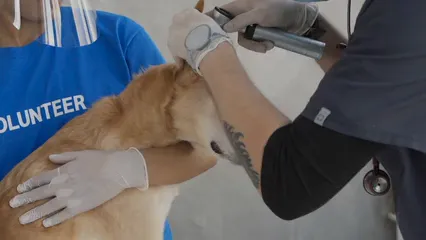
Setting Up a Grooming Routine
Consistency is key! Establishing a regular grooming schedule will not only keep your dog looking their best but will also help manage that incessant shedding.
During shedding season, aim for daily grooming sessions. Yes, daily! This helps remove loose undercoat hair before it ends up on your carpet (or your favorite outfit).
Outside of shedding season, weekly grooming should suffice. Adjust your grooming schedule based on your dog’s breed and coat condition. If your pooch tends to mat easily, consider increasing the frequency.
Remember, grooming isn’t just about aesthetics. It’s an opportunity to bond with your furry friend. So, grab those brushes, put on some fun tunes, and turn grooming into a delightful ritual! Your double-coated dog will thank you with wagging tails and a whole lot less shedding around the house.
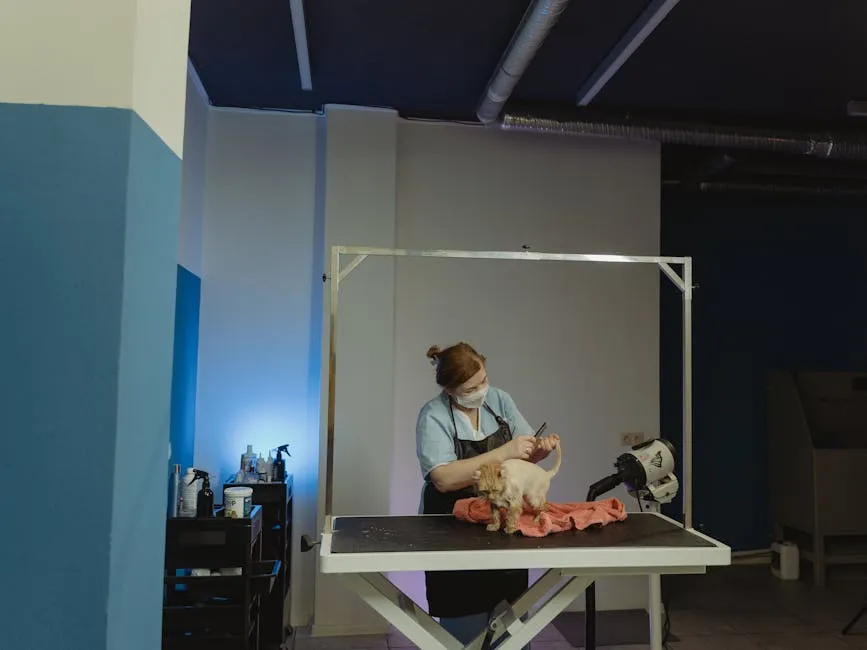
Brushing Techniques
Undercoat Removal: Start with an undercoat rake. This tool is your best friend during shedding times. Hold the rake at a slight angle and gently comb through your dog’s undercoat. Begin at the neck and work your way down the body. Do this in sections, being careful not to yank on the hair. The rake will catch loose hair while leaving the guard coat intact. Remember, patience is key—this isn’t a race!
Top Coat Grooming: Next up, grab a slicker brush. This brush is designed to tackle the top coat effectively. Brush in the direction of hair growth, focusing on areas prone to tangles, like behind the ears and under the legs. The fine wires will help remove any mats and dead hair. Feel free to give your pup a little praise; they deserve it for sitting still while you work your magic!
Final Touches: Finish with a bristle brush for that polished look. This brush smooths the fur and distributes natural oils, giving your dog’s coat a healthy shine. After that, use a comb to check for any remaining tangles. Gently work through any knots you find—don’t rush it! A little tender loving care goes a long way.
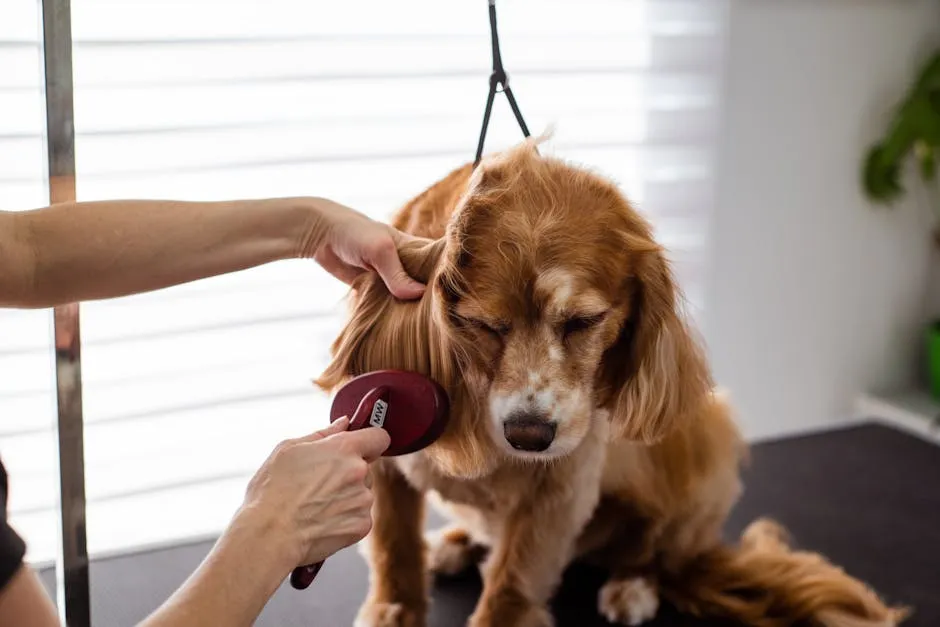
Additional Grooming Steps
Nail Trimming: When it comes to trimming nails, start by getting your pup comfortable with the clippers. Choose a quiet space and hold their paw gently. Trim just the tip of the nail to avoid hitting the quick, which can cause bleeding. If you’re unsure, a vet or groomer can show you the ropes. Your dog’s nails should be short enough that they don’t touch the ground when they stand.
Ear and Eye Care: For ear care, check regularly for wax buildup or dirt. Use a damp cloth to gently wipe the outer ear. Avoid inserting anything deep into the ear canal. For eye care, keep an eye out for any discharge. A simple damp cloth can help wipe away any gunk. Regular checks keep your dog comfortable and healthy!

Overbathing and Under-Grooming
Grooming double-coated dogs can be tricky. One common mistake is overbathing. Washing your dog too often strips away those precious natural oils. These oils keep the coat healthy and shiny. Without them, your dog’s skin may become dry and irritated. Yikes! You wouldn’t want a scratchy pup on your hands.
So, how often should you bathe your furry friend? Ideally, every three months is a good baseline. During shedding seasons, you might consider a bath every month. Use a gentle dog-specific shampoo to keep things safe. And remember, always rinse thoroughly to avoid any residue.
Now, let’s talk about under-grooming. If you neglect brushing your double-coated dog, the results can be disastrous. The undercoat can become tangled, leading to painful mats. These mats trap moisture and dirt, causing skin issues and discomfort. Ouch! Regular brushing helps prevent this mess and keeps your dog cozy and cool.
In short, strike a balance! Don’t overdo the baths, and make grooming a regular part of your dog care routine. Your pup will thank you with wagging tails and happy barks!

Conclusion
Regular grooming is vital for double-coated dogs. It not only ensures their coat stays in good shape but also minimizes shedding. By following a consistent grooming routine, you can keep your home tidy and your dog comfortable.
Encourage your furry friends’ owners to establish a grooming schedule. Daily brushing during shedding season and weekly sessions otherwise can work wonders. Remember to use the right tools and techniques for effective grooming.
While shedding is a natural part of life for these dogs, proper grooming can significantly reduce the amount of fur flying around your home. So, grab those brushes and get to work! Your double-coated dog will appreciate the attention, and you’ll enjoy a fur-free living space. Now that’s a win-win!
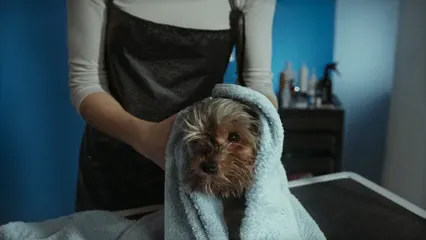
FAQs
What is the best brush for a double-coated dog?
Finding the right brush for your double-coated dog is crucial for effective grooming. Different coat types require specific tools for optimal results. A slicker brush is your best friend! It features fine, short wires that effectively remove loose hair and prevent mats. This brush is ideal for both the topcoat and undercoat. Just remember to brush gently to avoid irritating your pup’s skin. An undercoat rake is another essential tool. This rake has long, widely spaced teeth designed to reach beneath the guard coat. It effectively removes dead undercoat hair without damaging the outer layer. Talk about a two-for-one deal! If you’re dealing with heavy shedding, consider a shedding blade. This tool helps pull loose hair from the topcoat, especially during shedding seasons. Use it in a gentle sweeping motion for the best results. Each brush serves a purpose, so having a combination of these tools will help keep your furry friend looking fabulous while reducing that pesky fur around your house.
How often should I groom my double-coated dog?
Grooming frequency largely depends on the shedding season and your dog’s breed. During shedding season, which usually occurs in spring and fall, daily grooming is recommended. This helps manage the influx of loose hair and keeps your home fur-free. For breeds like Siberian Huskies and Golden Retrievers that blow their coats, daily brushing is a must. On the other hand, if your pooch is less prone to heavy shedding, aim for at least 2-3 times a week. Outside of shedding seasons, a weekly grooming session should do the trick. Remember, regular grooming not only reduces shedding but also promotes a healthy coat and skin. The more consistent the routine, the happier your dog will be!
Can grooming reduce shedding?
Absolutely! Regular grooming plays a significant role in controlling shedding. By brushing your double-coated dog consistently, you remove loose hair before it settles in your home. This proactive approach helps manage the shedding cycle. Grooming also distributes natural oils throughout the coat, promoting a healthy shine while preventing mats and tangles. Not to mention, it’s a great bonding experience for you and your furry friend. Keep in mind that while grooming reduces the amount of hair that ends up on your couch, it won’t eliminate shedding entirely. After all, shedding is a natural process! But with regular grooming, you can significantly cut down on the fuzz that fills your home.
What should I do if my dog has mats?
Mats can be a real pain for both you and your dog. If you notice them, handle mats with care. Start by using your fingers to gently separate the hair around the mat. This helps ease the tension before using grooming tools. For smaller mats, a dematting comb can work wonders. These combs have sharp blades designed to cut through tangles without damaging the surrounding fur. Always be gentle to avoid pulling on your pup’s skin. If the mats are severe, it might be best to consult a professional groomer. They can safely remove mats and provide advice on how to prevent them in the future. Remember, regular grooming is key to avoiding mats altogether!
Are there any dietary factors that can affect shedding?
Yes, diet plays a vital role in maintaining your dog’s coat health. A balanced diet ensures your dog receives essential nutrients for strong hair follicles. Look for high-quality dog food that includes omega fatty acids, vitamins, and minerals. Consider adding supplements like fish oil or flaxseed oil to boost coat health. These can help reduce excessive shedding while giving your dog’s coat a glossy appearance. Hydration is equally important. Ensure your dog has access to clean, fresh water at all times. Proper hydration keeps the skin moisturized and healthy, reducing the likelihood of excessive shedding. So, keep your pup well-fed, hydrated, and happy!
Please let us know what you think about our content by leaving a comment down below!
Thank you for reading till here 🙂
All images from Pexels


